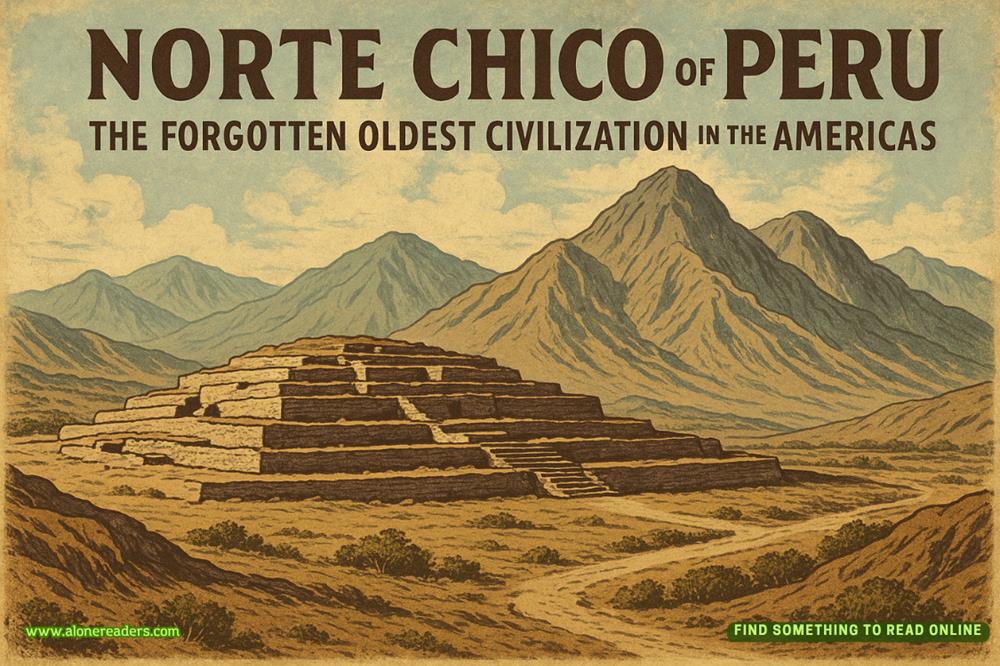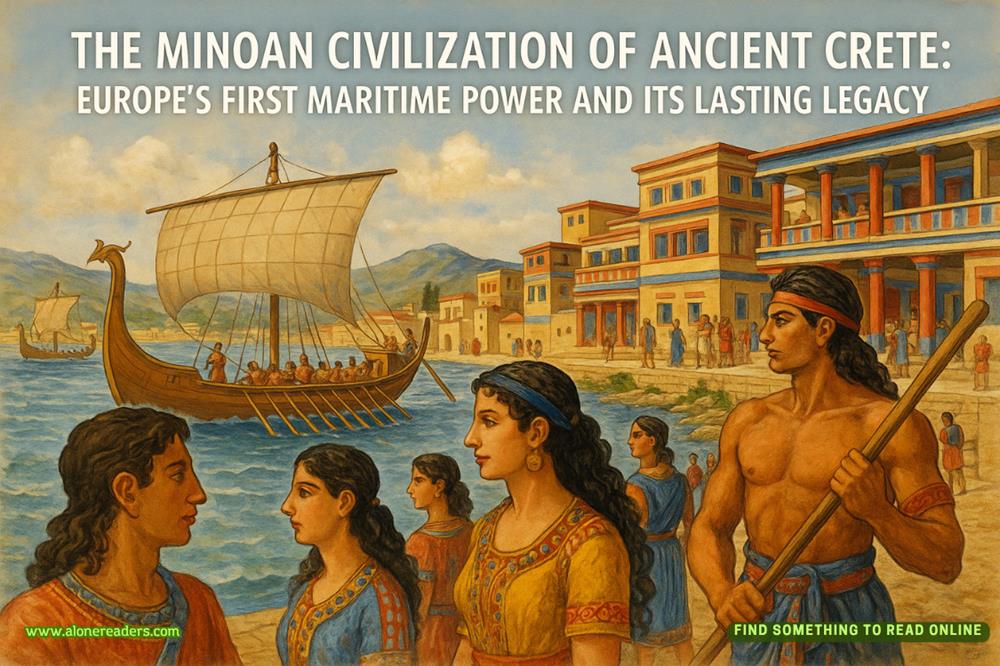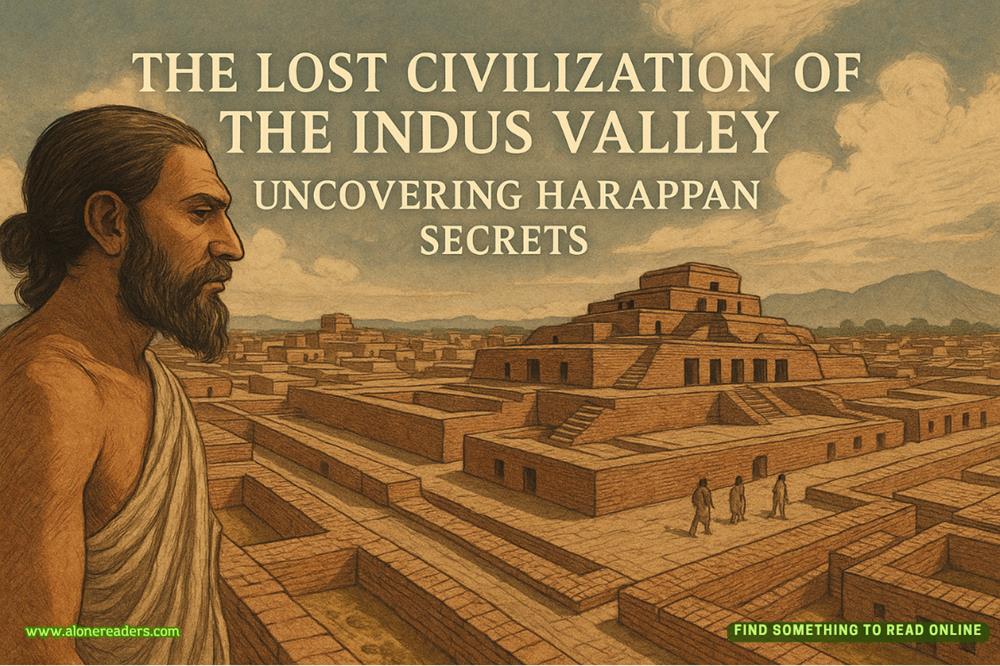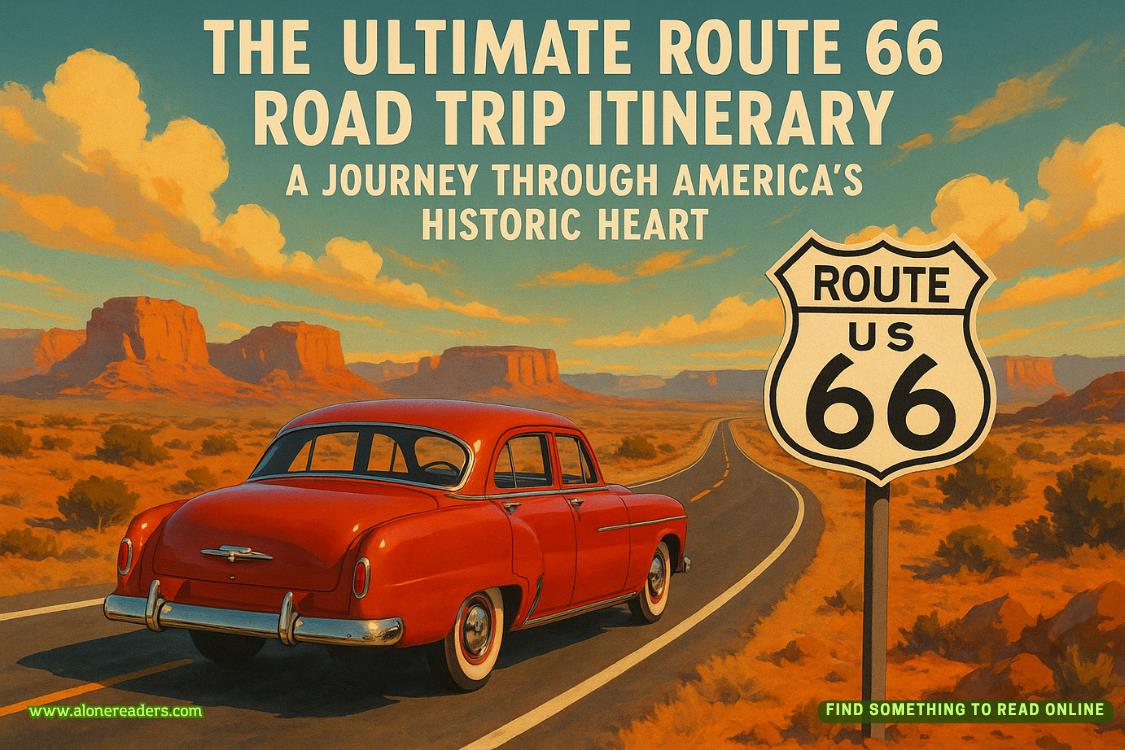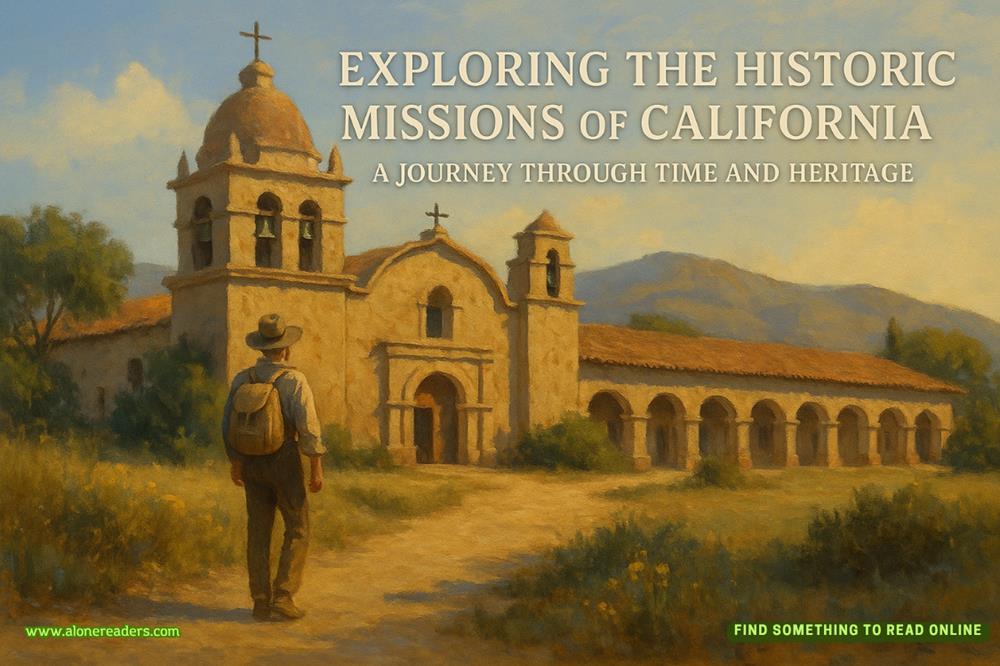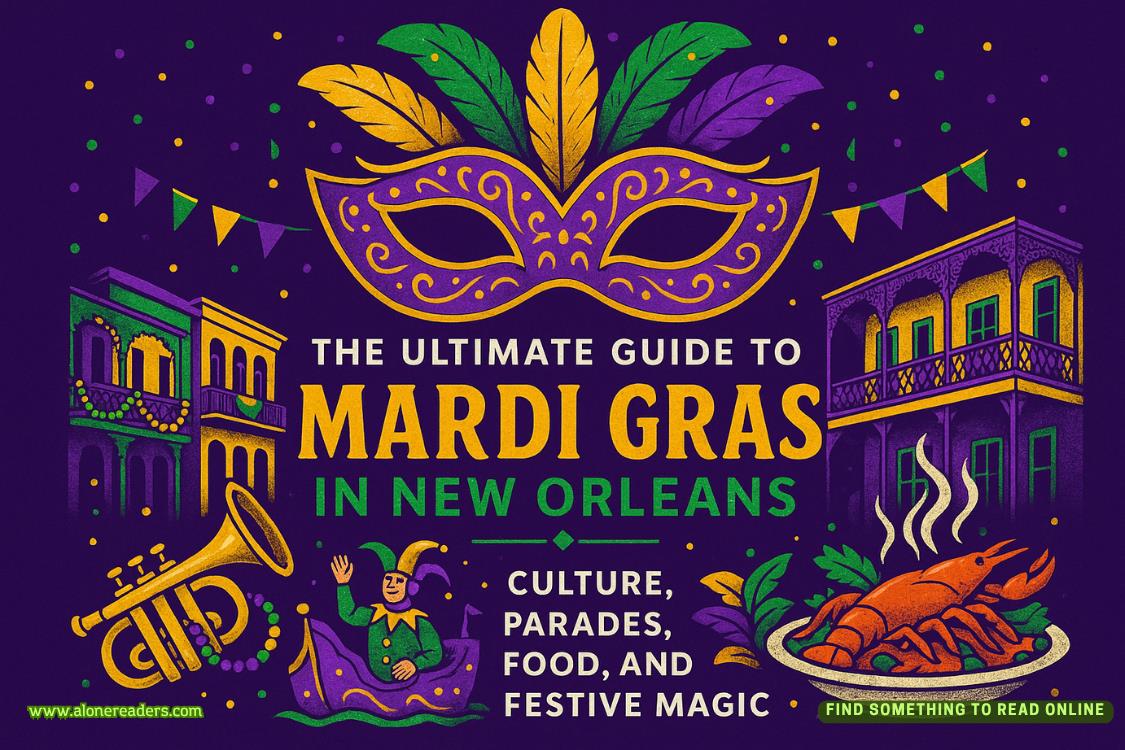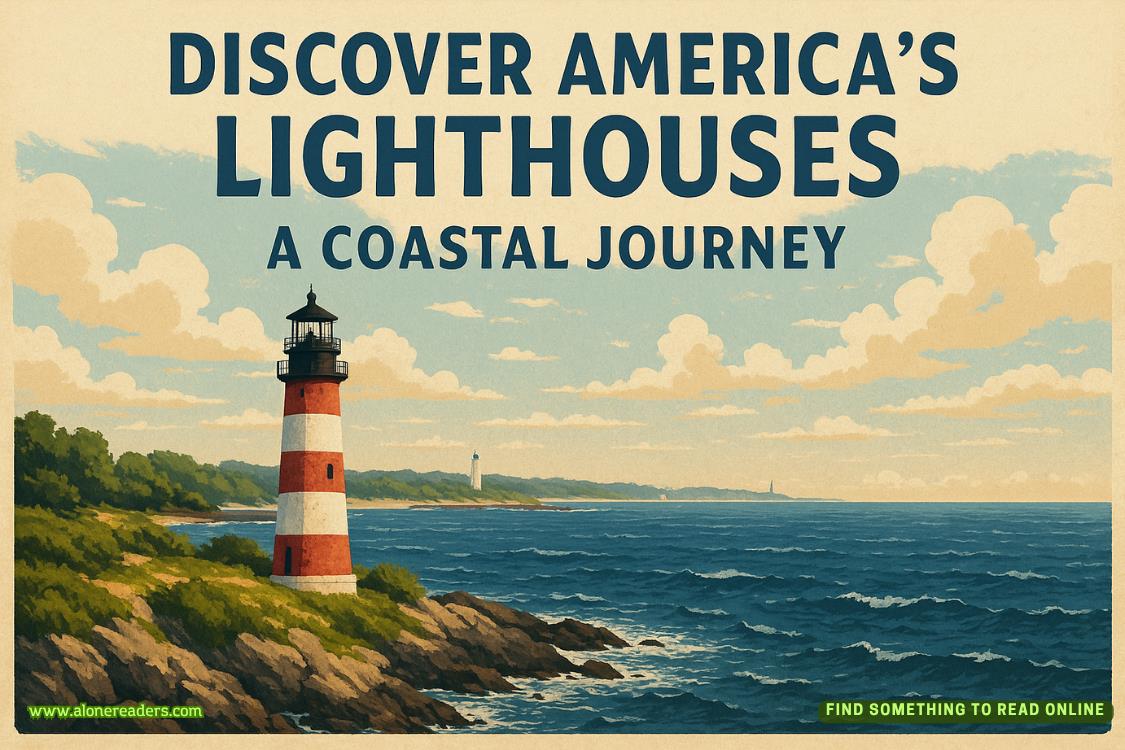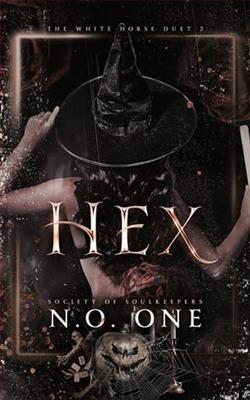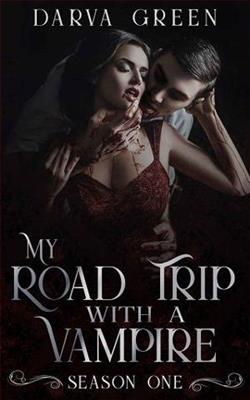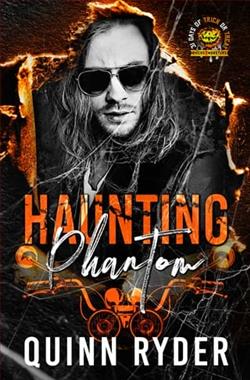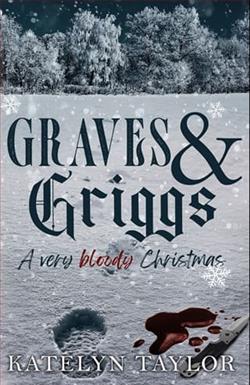Page 134 of The Last Time I Lied
“Africa,” Theo says. “I signed on for another tour with Doctors Without Borders. One year. I think it’ll be good for me to get away. I need time to sort things out.”
You understand. You think it sounds like a fine idea. You wish him well.
“When I get back, I’d love to have dinner,” Theo says.
“You mean like a date?”
“It could just be a casual meal between two friends who have a habit of accusing each other of doing terrible things,” Theo replies. “But I kind of like the date idea better.”
“I do, too,” you say.
That night, you begin to paint again. It strikes you after hours spent lying awake thinking about changing seasons and the passing of time. You get out of bed, stand before a blank canvas, and realize what you need to do—paint not what you see but what you saw.
You paint the girls in the same order. Always.
Vivian first.
Then Natalie.
Then Allison.
You cover them with sinuous shapes in various shades of blue and green and brown. Moss and cobalt, pewter and pine. You fill the canvas with algae, pondweed, underwater trees with branches twisting toward the surface. You paint a weathervane-topped building submerged in the chilly depths, dark and empty, waiting for someone to find it.
When that canvas is complete, you paint another. Then another. And another. Bold paintings of walls and foundations hidden underwater, engulfed by plant life, lost to time. Each time you paint over the girls feels like a burial, a funeral. You paint nonstop for weeks. Your wrist aches. Your fingers don’t uncurl even when there’s not a brush in them. When you sleep, you dream of colors.
Your therapist tells you that what you’re doing is healthy. You’re sorting through your feelings, dealing with your grief.
By January, you have completed twenty-one paintings. Your underwater series.
You show them to Randall, who’s ecstatic. He gasps at each canvas. Marvels at how you’ve outdone yourself.
A new gallery show is planned, hastily put together by Randall to capitalize on all the publicity surrounding Lake Midnight. It’s set for March. Buzz steadily builds. You’re profiled inThe New Yorker.Your parents plan to attend.
The morning of the opening, you get a phone call from Detective Nathan Flynn. He tells you what you’ve known all along—the bones discovered in the water belong to Natalie and Allison.
“What about Vivian?” you ask.
“That’s a very good question,” Flynn says.
He tells you that none of the bones are a match.
He tells you that both Natalie’s and Allison’s skulls were fractured in a way that suggests they were struck in the head, possibly with a shovel found near the bones.
He tells you that chains and bricks had also been discovered, indicating both bodies might have been weighed down.
He tells you the strand of hair in the plastic baggie you found buried with Vivian’s diary is actually processed polyester used mostly in the making of wigs.
He tells you that same baggie also contained traces of a laminate and adhesive that were once common in the production of fake IDs.
“What are you suggesting?” you ask.
“Exactly what you’re thinking,” he says.
What you’re thinking about are Vivian’s last words to you, when she knocked on Dogwood’s locked door.
Come on, Em. Let me in.
Me.
